Researchers reveal a new mechanism to create hydrogen fuel that could power environmentally clean cars.


Researchers reveal a new mechanism to create hydrogen fuel that could power environmentally clean cars.
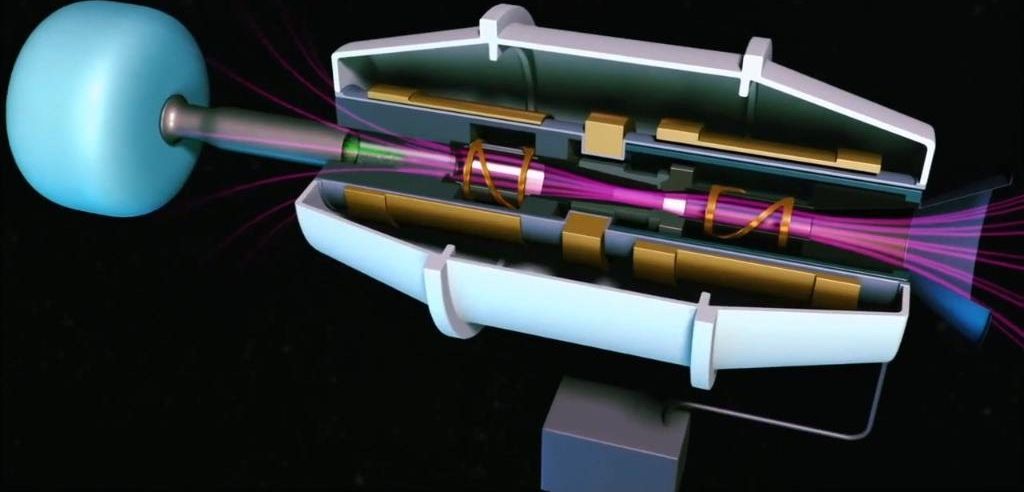
https://youtube.com/watch?v=TiZuG9K_xso
NASA recently provided $10 million in funding to Ad Astra Rocket Company of Texas for further development of its Variable Specific Impulse Magnetoplasma Rocket (VASIMR), an electromagnetic thruster capable of propelling a spaceship to Mars in just 39 days. NASA’s funding was part of the “12 Next Space Technologies for Exploration Partnership.” Ad Astra’s rocket will travel ten times faster than today’s chemical rockets while using one-tenth the amount of fuel.
The VASIMR system would cut the trip to Mars by months according to Franklin Chang Diaz, a former MIT student, NASA astronaut, and now CEO of Ad Astra.
According to Diaz, “this is like no other rocket that you may have seen in the past. It is a plasma rocket. The VASIMR Rocket is not used for launching things; it is used for things already in orbit. This is called “in-space propulsion.”

A milestone in the history of cybersecurity?
Cyberattacks on the power grid just became a much more real threat, according to researchers.
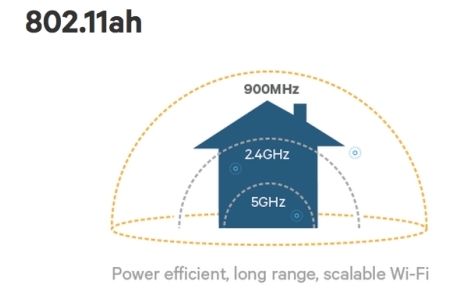
Walls and floors can seriously limit the range of your wireless network, but the WiFi Alliance thinks they’ve come up with a fix. Their new 802.11ah standard aims to deliver superior penetration and power savings to boot.
How will 802.11ah do that? By operating in the unlicensed 900MHz spectrum. Today’s WiFi gear operates at either 2.4GHz or 5GHz. Their higher frequencies make it harder for the signals to maintain their strength as they pass through obstructions. That’s one reason Google wants you to pretty up your OnHub router: so that you stick it somewhere out in the open where walls won’t get in the way.
Way down at 900MHz, though, things like walls, floors, and doors won’t be as much of a problem. According to the WiFi Alliance, 802.11ah will also achieve nearly double the range of current standards. There’s another bonus, too. Because the signal doesn’t degrade as much when it passes through objects, devices don’t consume as much power while sending and receiving data.
The Osterhout Design Group, which has been making high-end night-vision goggles for years, has begun shipping its R-7 augmented reality glasses for enterprise applications. The $2,750 smartglasses are a sign of things to come, as the company eventually hopes to bring the technology to the masses at consumer prices.
Augmented reality is expected to become a $150 billion market by 2020, according to tech advisor Digi-Capital. But first, it has to become cheaper, lighter, and otherwise more practical. The R-7 represents ODG’s best trade-off between capability and cost. The company is showing the R-7 at the 2016 International CES, the big tech trade show in Las Vegas this week.
The ODG R-7 shows heads-up display images on the inside of the lenses, so you can see stereoscopic 3D or other animated imagery on top of objects in the real world. The company is targeting applications in health care, energy, transportation, warehouse, logistics, and government.

The Wi-Fi Alliance branded its next-generation 802.11ah wireless protocol as Wi-Fi HaLow. It is targeted at the Internet of Things (IoT), which includes the smart home, connected car, and digital healthcare, as well as industrial, retail, agriculture, and smart-city environments. Unlike the older and more familiar 802.11 protocols, which mostly use the 2.4 or 5GHz bands, 802.11ah is a sub-gigahertz protocol that uses the 900MHz band. It has an enviable combination of characteristics.
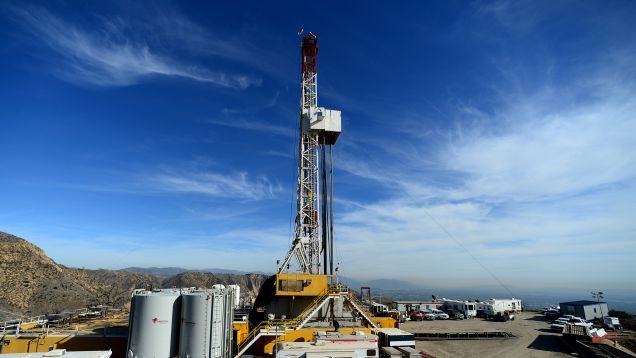
One of the worst environmental disasters of the decade is currently underway in a quiet community 25 miles northwest of Los Angeles. Putrid, methane-rich natural gas has been spewing into the air at an estimated rate of nearly 1,300 metric tons per day for over two months. Experts are calling it the climate version of the BP oil spill, and the leak isn’t going to be contained anytime soon.
Natural gas is often touted as a cleaner energy source than oil or coal, because of the lower greenhouse gas emissions associated with burning it. But as this disaster highlights, there are insidious risk to natural gas production. Coupled with weak regulation, they can make this energy source as dirty as the fossil fuels it’s meant to replace.
“The science is crystal clear: if you allow the methane to leak, you can wipe out its climate benefits,” Tim O’Connor, director of the Environmental Defense Fund’s Oil and Gas Program in California told Gizmodo.

A laser set to begin live-fire tests at White Sands Missile Range, New Mexico, in January uses rare earth minerals. It was developed by General Atomics Aeronautical Systems Inc. of Poway, Calif., the company that produced the revolutionary MQ-1 Predator drone. Its precise power levels are classified, but Michael Perry, the company’s vice president for laser programs, said the experimental weapon’s beam is in the 150-kilowatt class. That’s more than 100 times the power needed to heat an electric oven to 350 degrees.
The General Atomics laser is five times more powerful than the only laser the military has fielded, the 30-kilowatt-class Laser Weapon System, a fiber laser the Navy developed that has knocked down small drones and crippled small boat swarms in tests at short range. That laser was installed on the USS Ponce, an Afloat Forward Staging Base deployed to the Middle East, in 2014. This past October, the Navy awarded Northrop Grumman a $53 million contract to develop a more powerful shipboard laser.
Bulk lasers use slabs or strips of rare earth minerals — ytterbium, for example — as their gain medium. Fiber lasers “gang” fiber-optic cables together as the gain medium.
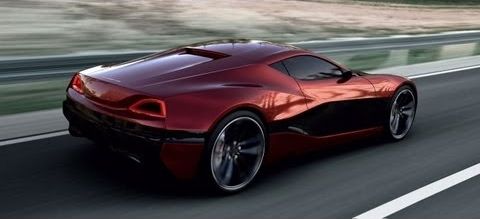
Specifications:
Performance Power output: 1088 hp Torque: 1600 Nm from 0 to 6500 rpm Acceleration: 0–100 km/h (0−62 mph) 2,8 seconds Range: up to 600 km (realistic range — 500 km) Braking distance: 31.5m (100−0 km/h) Lateral g-force: 1.4 g Efficiency: 140–550 Wh/km 40 kW on-board charging 100 kW fast DC-charging Weight-to-power ratio: 1.79 kg/hp Weight distribution: 42% front, 58% rear
Dimensions Total length: 4548 mm Total width: 1997 mm Total height: 1198 mm Ground clearance: Rear: 115 mm, Front: 105 mm Wheelbase: 2750 mm. Dry weight: 1950 kg
Battery-Pack Lithium-Iron-Phosphate (LiFePO4) chemistry Configuration: 1400 cells — 200 series, 7 parallel Voltage: 650V nominal Capacity: 91 kWh Cooling: Freon (gas) with high-voltage heat pumps Milled aluminum and sheet aluminum housing Rimac Automobili Active Battery and Thermal Management Systems Several layers of redundant safety and protection systems.
Chassis Carbon fibre monocoque with integrated battery-pack Carbon fibre sub-frames (front and rear) Carbon fibre crash structure Front and rear suspension: Double wishbones, fully adjustable, pushrod operated. Electronically adjustable ride height. Fully machined aluminum uprights and wishbones.
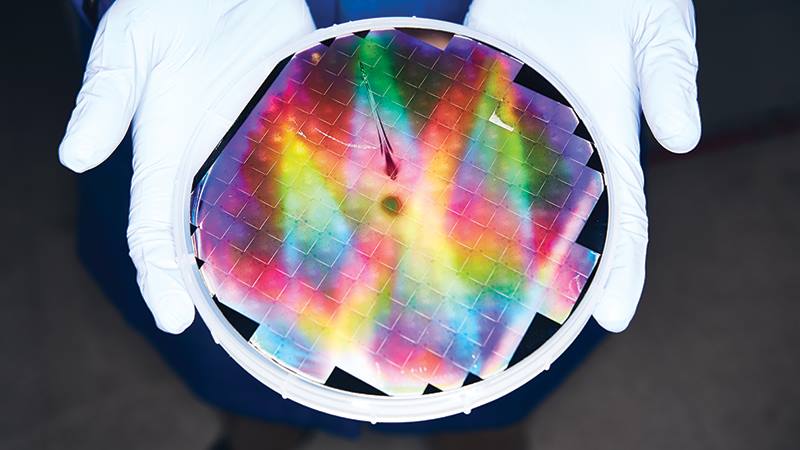
A nanomaterials chemist has figured out a good way to mimic leaves and turn water and carbon dioxide into things we need.